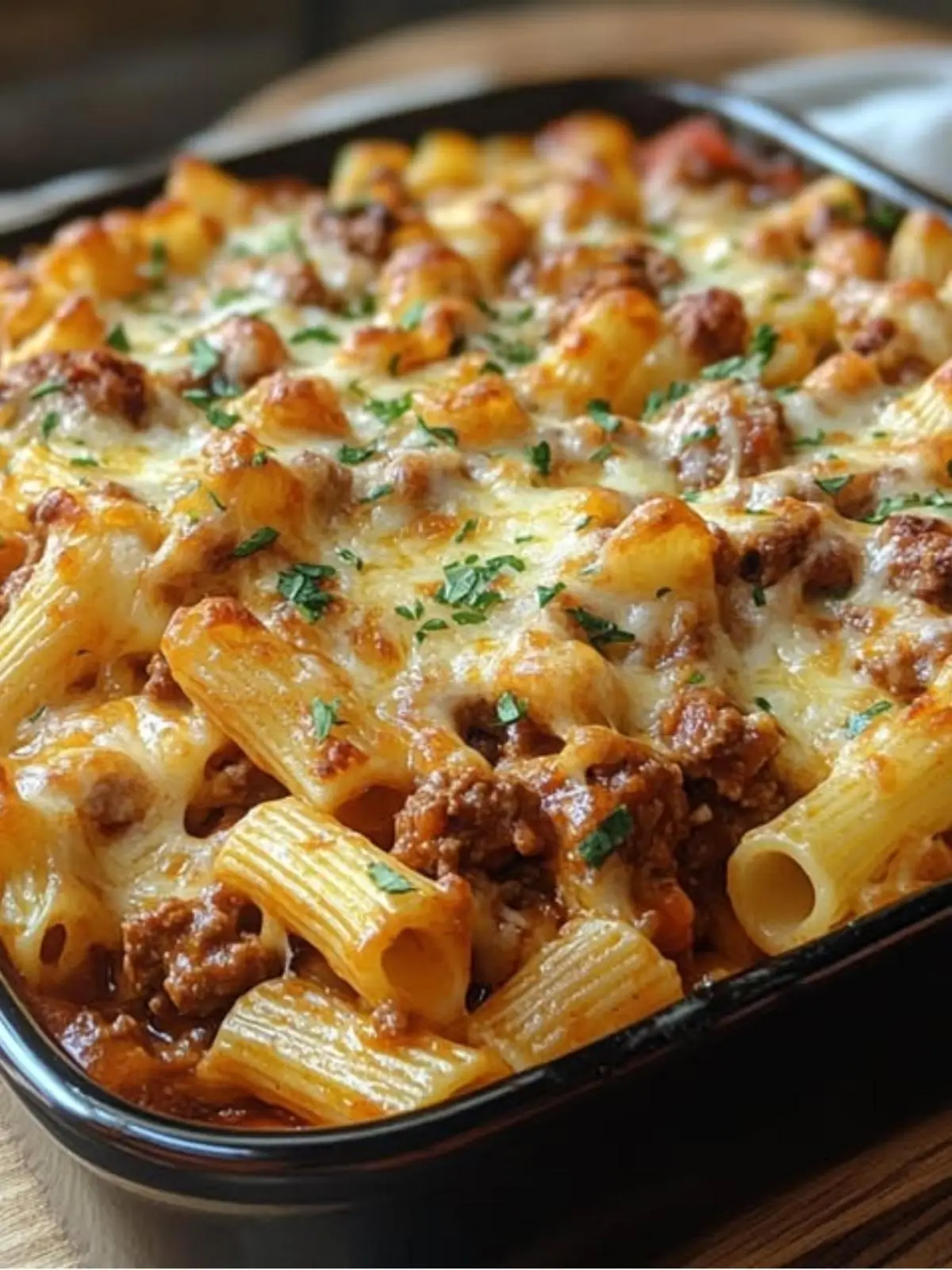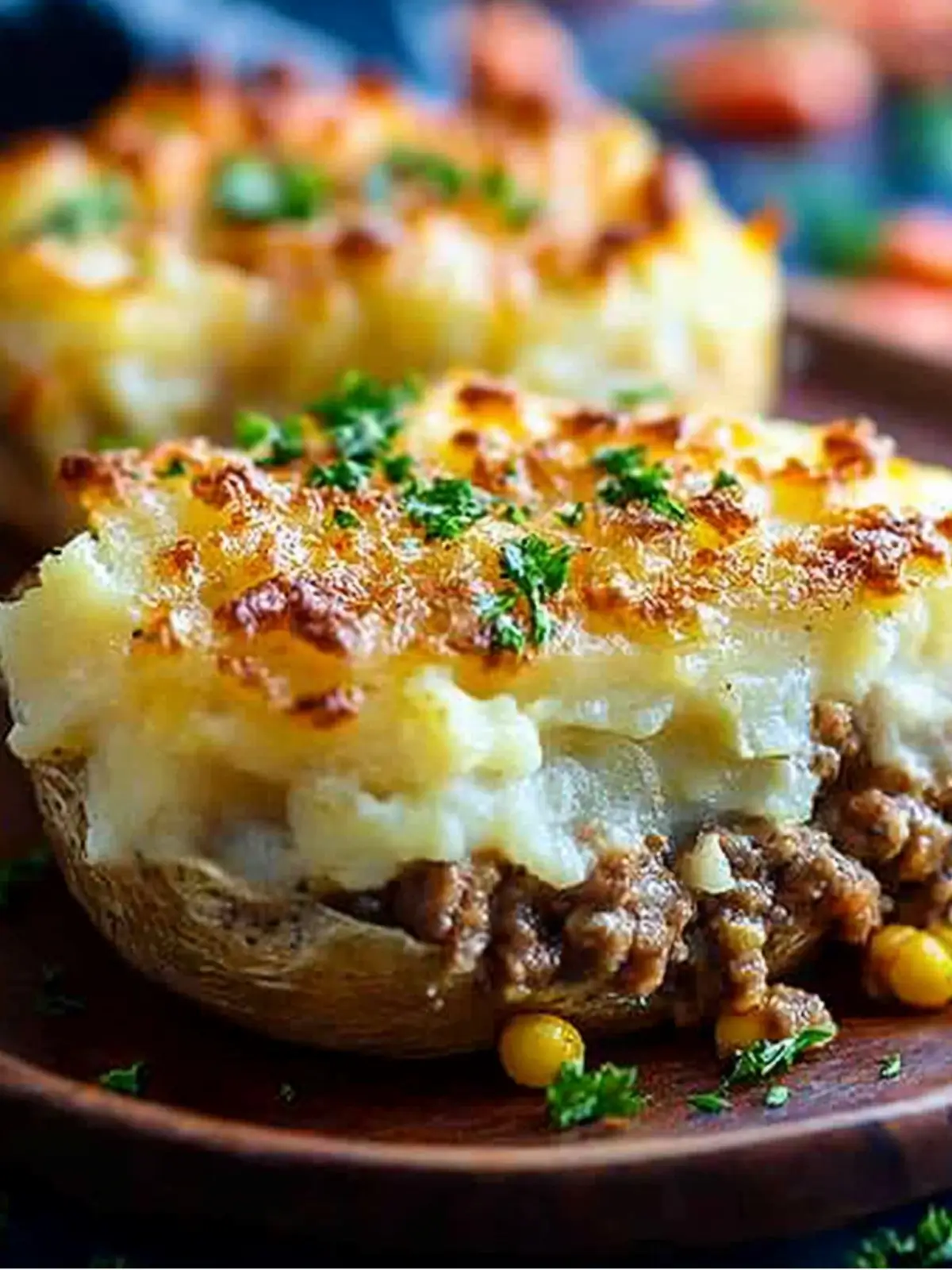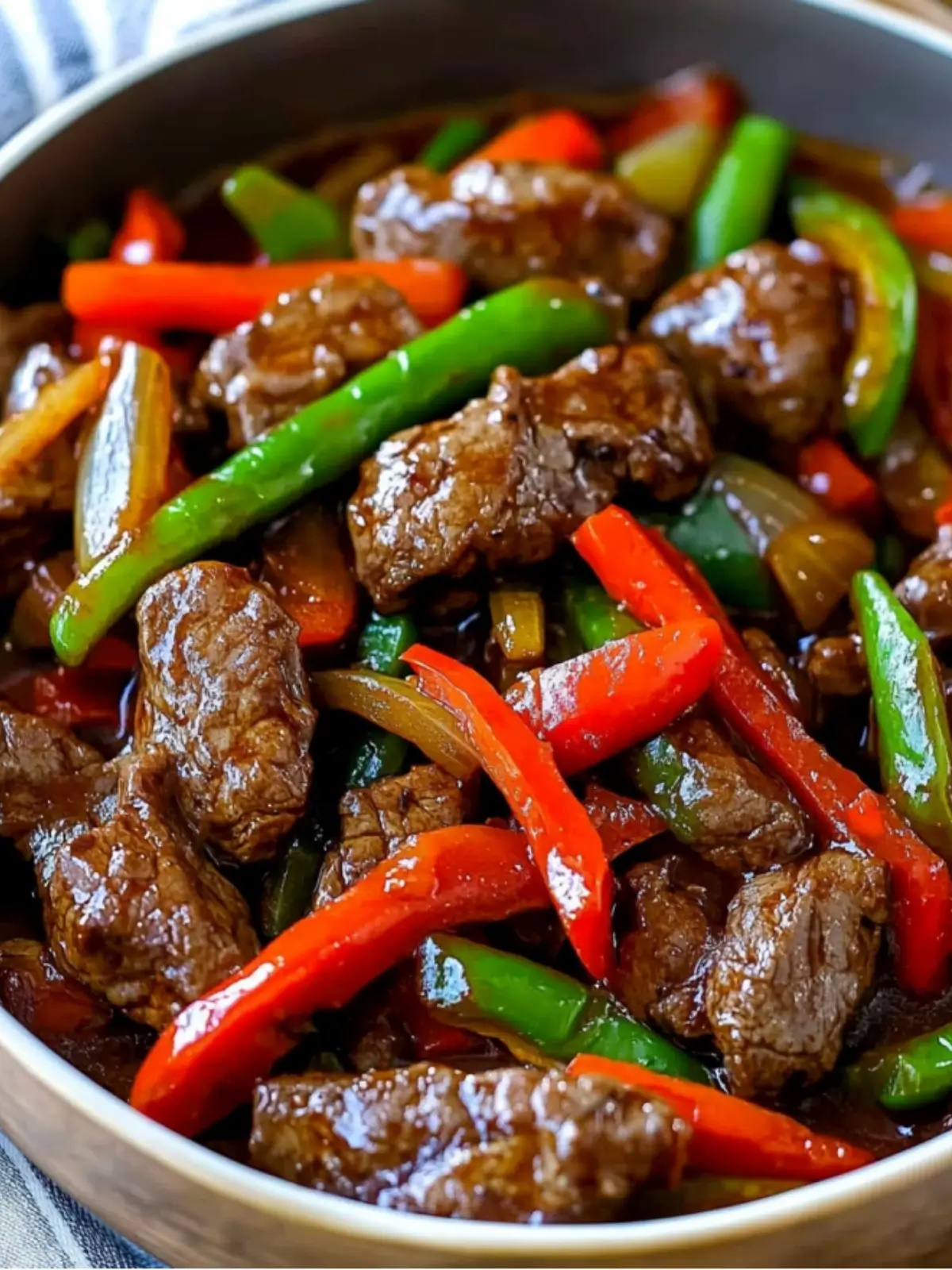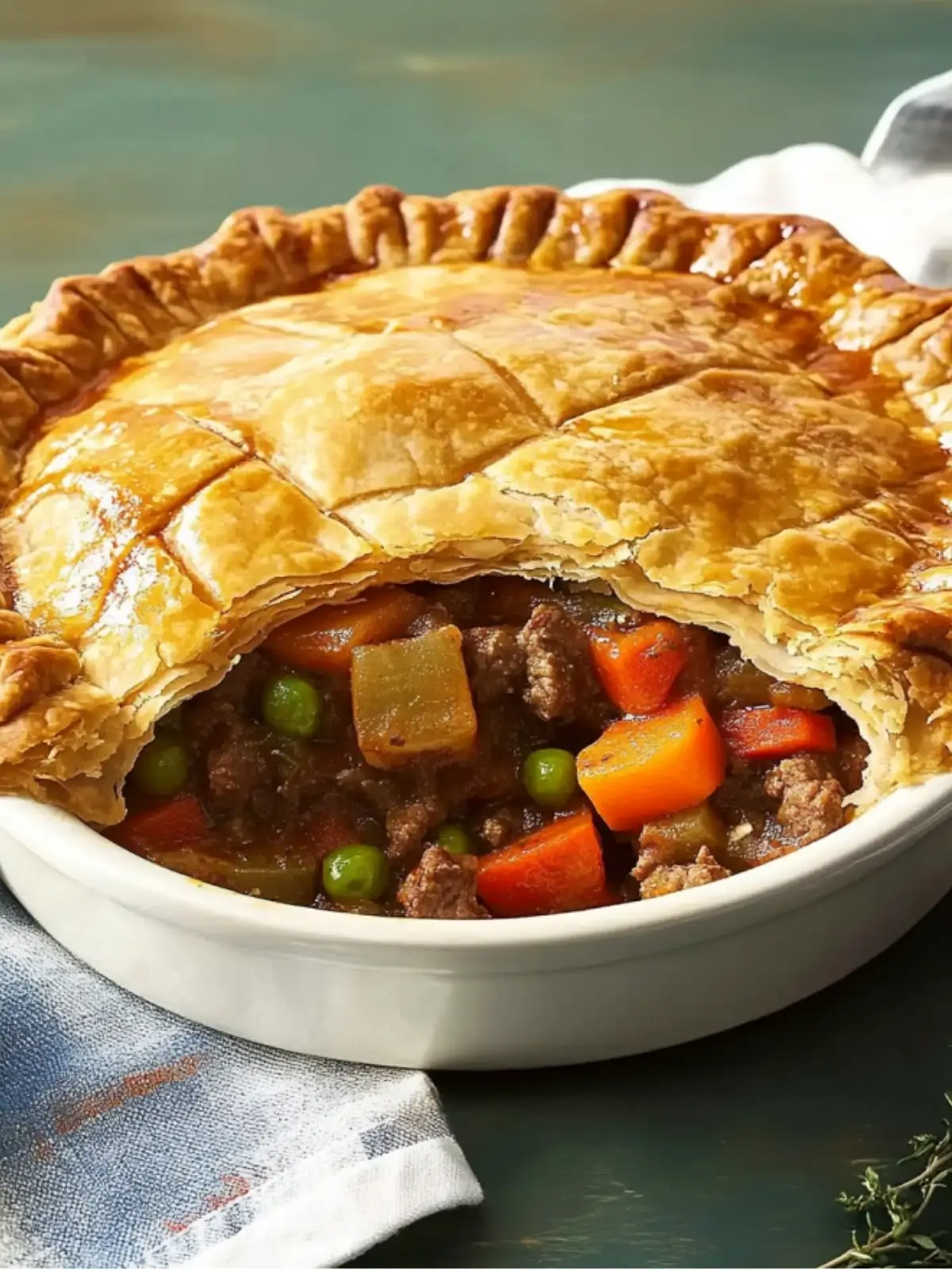Introduction to Italian Pastina
ADVERTISEMENT
Italian Pastina, a quintessential comfort food, holds a cherished place in Italian cuisine. These tiny pasta stars are a staple in many households, symbolizing warmth and simplicity.
Renowned for its versatility, pastina is not just a dish but a culinary tradition, evoking nostalgia and comfort with every spoonful.
The Cultural Significance of Pastina
Pastina's significance in Italian culture extends beyond its culinary use. It's often the first solid food for Italian babies, signifying a rite of passage.
This humble pasta is akin to Italian penicillin, offering solace and warmth. It's a symbol of maternal care, often prepared by nonnas and mothers. Understanding its roots in Italian cuisine history reveals its deep cultural importance.
Different Varieties of Pastina Pasta
Pastina comes in various shapes, including stars, rice grains, and tiny tubes. Each shape is designed to provide a different texture and mouthfeel.
While star-shaped pastina is the most popular, other forms like ditalini or acini di pepe are also widely used. These variations cater to different dishes and preferences, showcasing the versatility of Italian pasta.
For a comprehensive list of pasta shapes and their uses, visit this Wikipedia page.
Comparative Overview: Pastina vs. Other Small Pastas
Though pastina is often compared to other small pastas like orzo and acini de pepe, it stands out due to its finer texture and quicker cooking time.
Unlike orzo, which resembles rice grains, pastina is smaller, offering a unique mouthfeel ideal for soups and light dishes. Acini de pepe, slightly larger, is another alternative but lacks the delicate texture of pastina.
Each type holds its unique place in Italian cooking, perfect for different culinary creations. For further insights into the preparation of various pastas, Wikipedia's section on pasta preparation is a valuable resource.
Classic Italian Pastina Recipe
A traditional Italian Pastina recipe embodies the essence of comfort food with its simplicity and heartwarming flavors. Here's how to create this classic dish:
- Ingredients:
- 1 cup pastina pasta
- 2 cups low-sodium chicken or vegetable broth
- 2 tablespoons unsalted butter
- ¼ cup grated Parmesan cheese
- Salt and pepper to taste
- Instructions:
- In a saucepan, bring the broth to a gentle boil.
- Add pastina, stirring occasionally, and cook for about 5 minutes until tender.
- Remove from heat. Stir in butter and Parmesan until creamy.
- Season with salt and pepper.
This recipe, rich in history and taste, is a testament to the comfort and simplicity of Italian cuisine. For those interested in the health aspects of pasta, Wikipedia's article on the nutritional value of pasta provides valuable insights.
Tips for Perfect Pastina Cooking
Achieving the perfect pastina involves a few key tips:
- Broth Choice: Use homemade or high-quality broth for enhanced flavor.
- Stirring: Regular stirring prevents clumping and ensures even cooking.
- Doneness: Taste test for al dente texture, as overcooked pastina can become mushy.
Additionally, consider adding a touch of olive oil for a silky finish. And for those exploring gluten-free options, Pinterest's collection of gluten-free pasta recipes can offer great alternatives.
Customizing Your Pastina Dish
Customizing pastina allows for endless culinary creativity. Consider these additions:
- Vegetables: Spinach, peas, or cherry tomatoes for color and nutrition.
- Proteins: Shredded chicken or diced ham for a heartier meal.
- Cheeses: Experiment with Pecorino Romano or Asiago for varied flavors.
Incorporating fresh herbs or a sprinkle of garlic powder can also elevate the dish. For more Italian comfort food ideas, explore Pinterest's board on Italian comfort food.
Health Benefits of Pastina
Pastina, while simple, offers a range of health benefits. It's a good source of carbohydrates, providing energy.
Enriched pastina can also contribute to your daily intake of iron and B vitamins. As part of a balanced diet, pastina supports energy levels and overall well-being.
For those interested in a deeper understanding of the health benefits of different pastas, Wikipedia's page on pasta and nutrition is a great resource.
Adapting Pastina for Special Diets
Adapting pastina for special diets like gluten-free or vegan is straightforward. Gluten-free pastina is available for those with sensitivities, and vegetable broth can be used in place of chicken broth for a vegan variant.
Additionally, dairy-free cheese substitutes can be used to maintain the creamy texture without compromising dietary needs. For creative vegan Italian recipes, including adaptations of classic dishes, this Pinterest board on vegan Italian recipes offers a variety of options.
FAQs Section
What is the best way to cook Pastina?
The best way to cook Pastina is by boiling it in a flavorful liquid like chicken or vegetable broth.
This method allows the tiny pasta to absorb the liquid and become tender. For extra richness, you can stir in butter or cheese towards the end of cooking.
For detailed cooking methods, check out these Simple Pasta Recipes.
Can Pastina be used in other dishes?
Absolutely! Pastina is incredibly versatile and can be used in a variety of dishes. It's great in soups, like the traditional Italian wedding soup, or as a base for a light pasta salad.
Its small size makes it perfect for adding to broths or even using as a stuffing in baked dishes. For more ideas, explore Child-Friendly Meals which often include Pastina due to its appeal to all ages.
How can I make my Pastina more flavorful?
To make your Pastina more flavorful, consider cooking it in a rich broth instead of water. Adding ingredients like garlic, herbs, and grated cheese can also enhance its taste.
For an extra touch of luxury, top your Pastina with a sprinkle of freshly grated Parmesan or a drizzle of good-quality olive oil. For more flavor inspirations, take a look at Italian Cuisine.
Are there any quick Pastina recipes for busy days?
Yes, there are many quick and easy Pastina recipes perfect for busy days. You can make a simple yet delicious meal by cooking Pastina in broth and adding a bit of butter and cheese.
For a nutritious twist, throw in some chopped vegetables or a handful of spinach. For quick and nutritious pasta dish ideas, consider visiting Healthy Pasta Dishes.
Conclusion
In conclusion, Italian Pastina is more than just a dish; it's a comforting embrace of Italian culinary tradition. Whether you're cooking for a quick meal, a nutritious option for children, or simply seeking the warmth of comfort food, Pastina proves to be versatile and endearing.
Embrace the simplicity of this classic dish and feel free to get creative with your variations. Don't forget to explore more about this delightful pasta and its role in Traditional Italian Cooking to truly appreciate its charm and versatility.





Leave a Reply